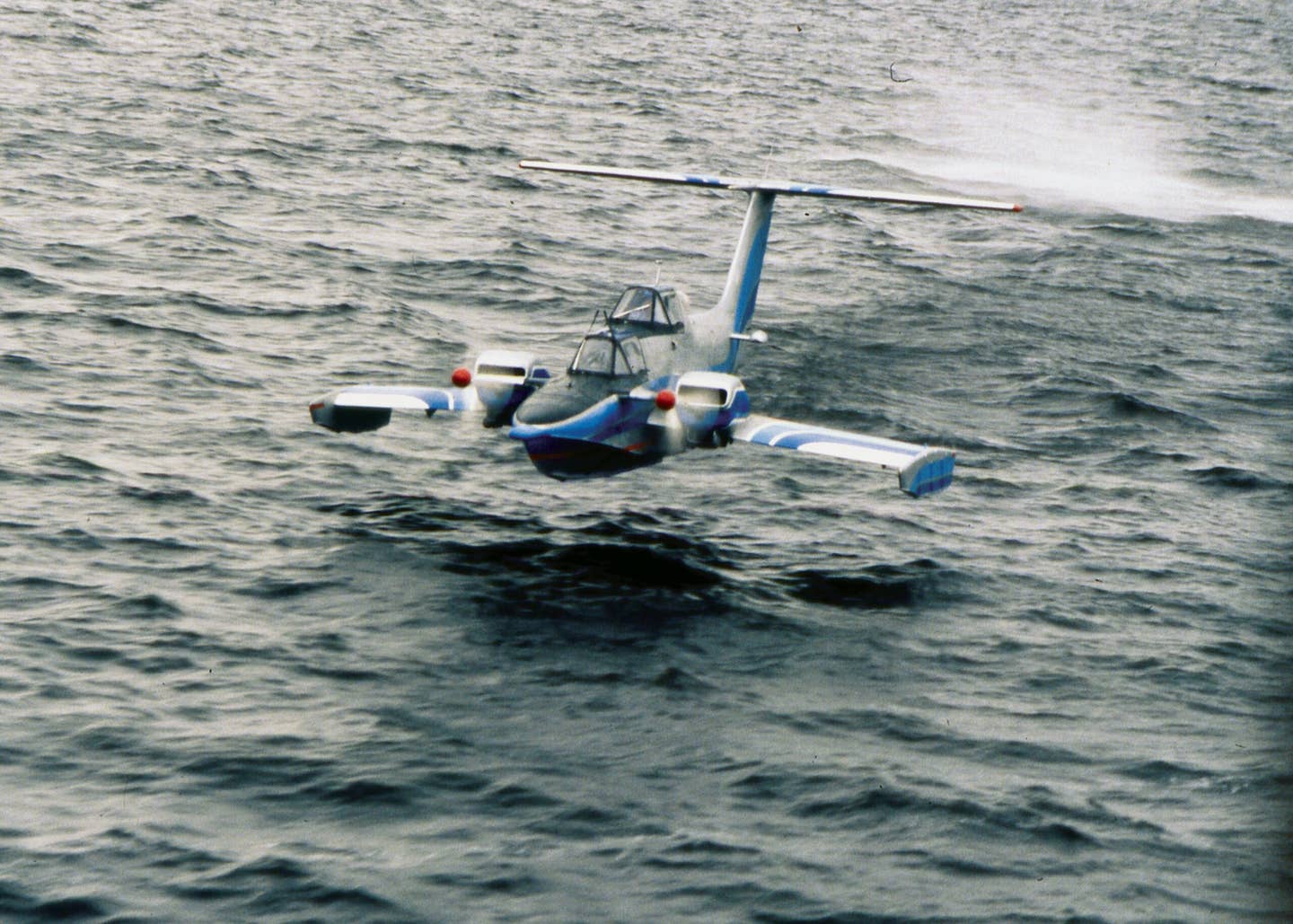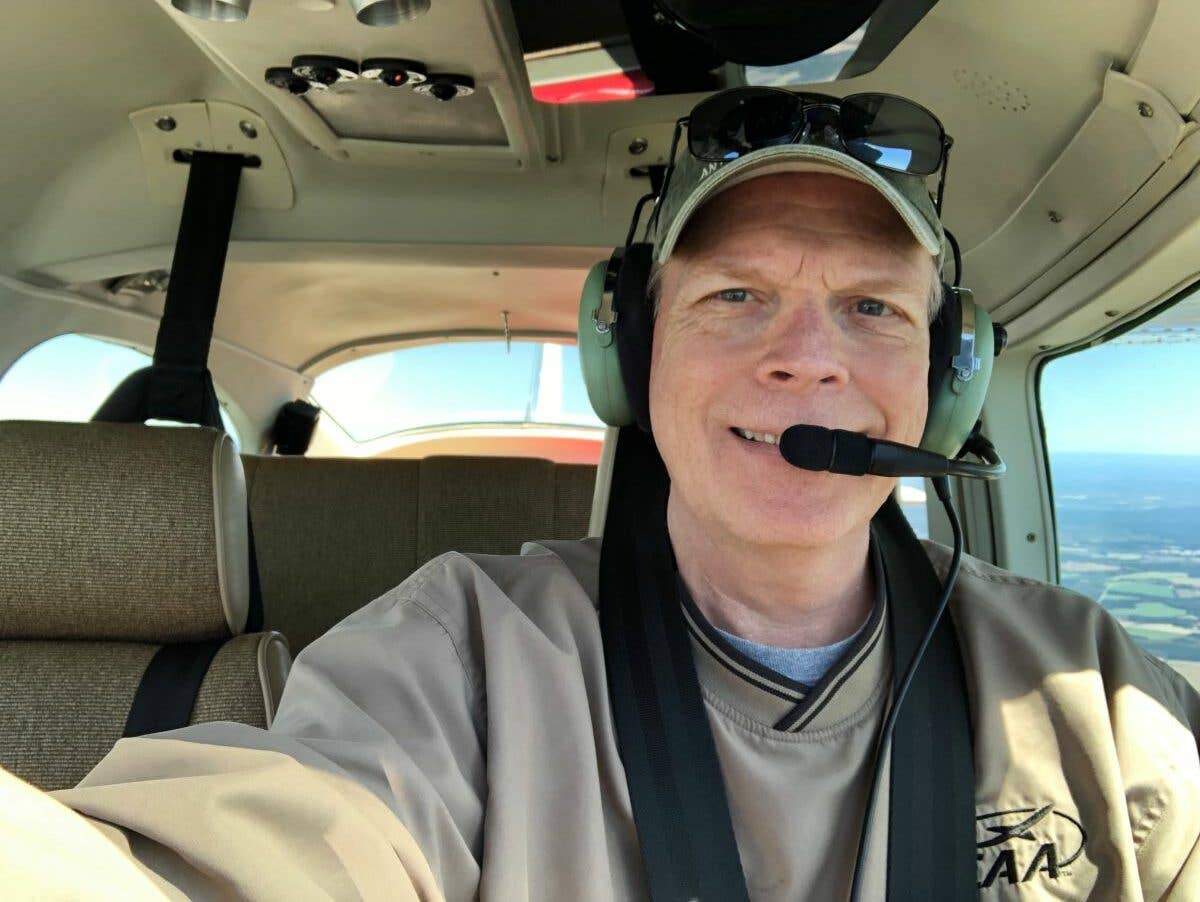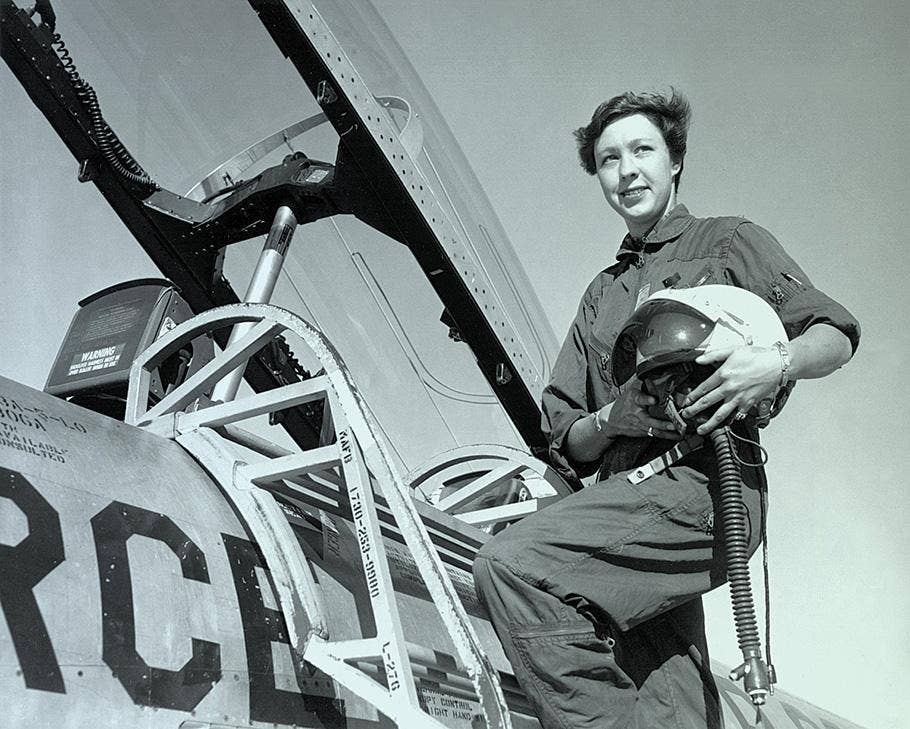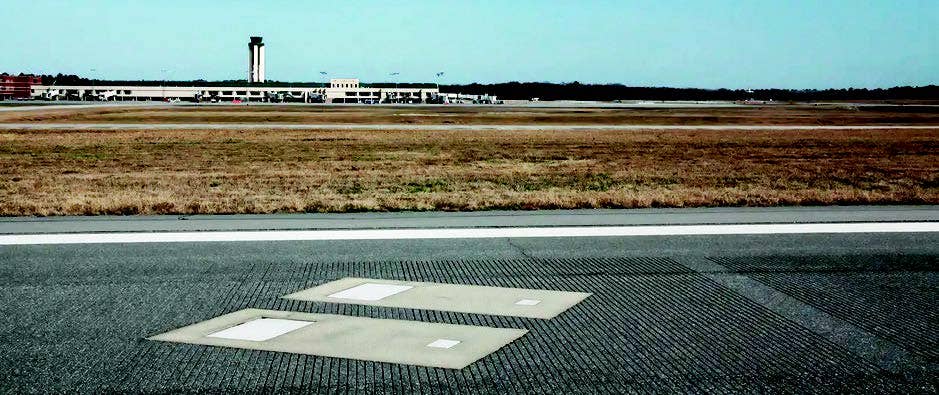Flying Along on a Cushion of Grease
For airplanes, ground effect comes into play only during certain brief parts of a flight. Not so for wingships.

Despite considerable government support in the early 1990s, the Russian ekranoplan program, of which this Strizh was a part, came to nothing. Blame it on ground effect.
In 1993, an assignment from FLYING took me unusually far afield. Somewhere east of Moscow, in the center of a land that had recently ceased to be the Soviet Union and was trying to figure out what it meant to be Russia again, I clung with one hand to my camera and the other to the doorframe of a radial-engined Antonov biplane as it flew low over the Volga.
Alongside and below me flew a Strizh. My Russian dictionary, a relic of college days, translates strizh as “martin” or “sand martin.” Another source offers “martlet,” which is certainly incorrect. Some kind of bird, at any rate. But this strizh was not a bird. It was an airplane of a special kind that the Russians called an ekranoplan.
If you're not already a subscriber, what are you waiting for? Subscribe today to get the issue as soon as it is released in either Print or Digital formats.
Subscribe NowThe nomenclature is unsettled. Some call them WIG ships, wingships, GEVs (ground effect vehicles), or surface skimmers. Their defining feature is a cruising altitude measured in fractions of a wingspan. Their reason for existing is that a wing flying very close to the surface enjoys a large reduction in drag.
Despite considerable government support, the Russian ekranoplan program came to nothing. A few of them still molder on the shores of the Caspian Sea like the crumbled monuments of ancient empires. Ground effect, however, is alive and well.
Pilots did not fail to notice, back when many flying machines had scant excess power, that when heavily loaded they might climb a few feet above the ground and then refuse to go any higher. A 1934 survey of the ground-effect literature by Maurice Le Sueur (translated from the author’s urbane and personable French into one of the National Advisory Committee for Aeronautics’ less arid technical notes) cites commentary on the phenomenon from as far back as 1912.
By Le Sueur’s time, and even a decade earlier, it was well known that ground effect became noticeable at half a wingspan or so above the surface. But the image of a “cushion of air” commonly used to characterize it was misleading because it implied that ground effect had something to do with supporting the airplane. In reality, the thing it principally affects is drag, not lift. The maximum lift the wing can produce is not appreciably changed by ground proximity, although the stalling angle of attack is reduced.
- READ MORE: Technicalities: Faster than a Boat
The kind of drag that ground effect reduces is induced drag, which is an unwelcome but inevitable byproduct of lift.
If you imagine an airplane in a vertical dive, or rolling along with its weight entirely supported by its wheels, all of its aerodynamic drag is what is called “parasite drag.” Parasite drag increases with the square of speed, and it is what principally limits the maximum level speed of an airplane.
Induced drag works the other way: It increases as the airplane slows down. Near the stall, induced drag may be 75 or 80 percent of the total drag of the airplane. But when a wing is flying very close to the surface, its induced drag may be reduced by as much as 50 percent.
When you land a tailwheel airplane in a “three-point” attitude—that is, the two mains and the tailwheel touching at the same moment—you are at or very close to the wing’s maximum lift coefficient, or, in other words, its stalling speed. The procedure for making a full-stall landing is to approach the touchdown point with a certain amount of excess speed then to flare and continue to raise the nose and hold the wheels off as speed bleeds away. The thing that causes you to slow down is drag, and ground effect makes the deceleration take longer by reducing the drag. The airplane “floats,” not because of extra lift or resting on a cushion but because the aerodynamic braking has diminished.
The floating tendency is most noticeable on clean, low-wing airplanes with fixed landing gear (because retractable gear serve as drag brakes). High-wing airplanes are somewhat less susceptible to floating, but still, the difference is a fraction of a fraction. A high-wing Cessna’s wing is only a few feet higher than a Mooney’s, and those few feet represent only a small part of either airplane’s wingspan.
Floating while landing is usually just a nuisance, although, abetted by an obstinate pilot, it occasionally ends in an overrun. The really hazardous thing is the converse—floating while taking off.
In this case, by “floating” I mean getting airborne in ground effect at a speed at which the airplane cannot climb without its help. Again, the impression is the “ground cushion” is providing extra lift, but in fact it is reducing the power required to fly. The airplane has enough excess power to remain airborne as long as it remains in ground effect, but when it tries to climb higher, its drag increases, eating up the excess power and leaving nothing for further climb. It can neither climb nor accelerate. The only out, terrain permitting, is to descend again, as low as possible, in hope of taking advantage of ground effect to gradually accelerate. Unfortunately, not all airports are surrounded by miles of flat, unobstructed, gradually descending lawn.
Assuming the airplane will actually have enough excess power to climb once it is out of ground effect, the wiser takeoff procedure is not to get airborne as soon as the airplane feels as if it can but to keep it on the ground for as long as possible, accelerating toward its best rate of climb speed.
The circumstances that lead into the ground effect trap can be several: high density altitude (particularly if the airplane is not turbocharged), gross or over gross weight, a short runway, and rising terrain.
What is true of airplanes is also true of helicopters. Under conditions of high weight or density altitude, a helicopter may be able to hover close to the ground but not far from it. (It can climb away, however, by first gaining forward speed.) Although this phenomenon is usually explained in terms of the familiar and appealing “cushion of air,” it is really a matter of the power required to spin the rotor at the required angle of attack—in other words, it’s again about induced drag.
For airplanes, ground effect comes into play only during certain brief parts of a flight. Not so for wingships. One of the inconvenient things about them is that the faster they go, the less they gain from ground effect. Thus, one benefit they seek to enjoy—efficiency—diminishes in proportion as the other benefit they seek—speed—increases. Airplanes solve this problem by climbing to where both lift coefficients and true airspeeds can be high at the same time. Wingships, bound as they are to the surface, can’t have it both ways.
This column first appeared in the October 2023/Issue 942 of FLYING’s print edition.

Subscribe to Our Newsletter
Get the latest FLYING stories delivered directly to your inbox







